This story is part of Home Tips, CNET’s collection of practical advice for getting the most out of your home, inside and out.
Heating a home is rarely cheap and, with global energy prices on the rise, it’s more important than ever to consider how to make our homes more energy-efficient.
This is easier in newer properties as they’re more likely to have been built with efficiency in mind, with double-glazed doors and windows and thermal insulation throughout.


Older and period properties are another matter altogether, with many lacking those same features. And their period nature often means that adding insulation can be costly. (Here’s how to tell if you’re buying an energy-efficient house.)
But there are plenty of other ways you can heat your home in a more cost-effective way, and many of them won’t cost you a thing. I’ve put together some of the top tips that I use in my own 1860s home in Scotland — a building where any improvements I can make to its efficiency go a long way. You can also check out more tips on how to save money on your heating bill this winter, and a simple ceiling fan hack that can keep your home warmer.
Read more: Best Smart Thermostats for 2022
Look at insulation options for walls and the roof
While older properties (including my own) may have no insulation built in as standard, it is possible to still add this in. Houses lose a great deal of heat from the roof, so adding insulation here can be a great start. It’s even possible to buy insulation (in rolls or even as boards) and install it yourself.
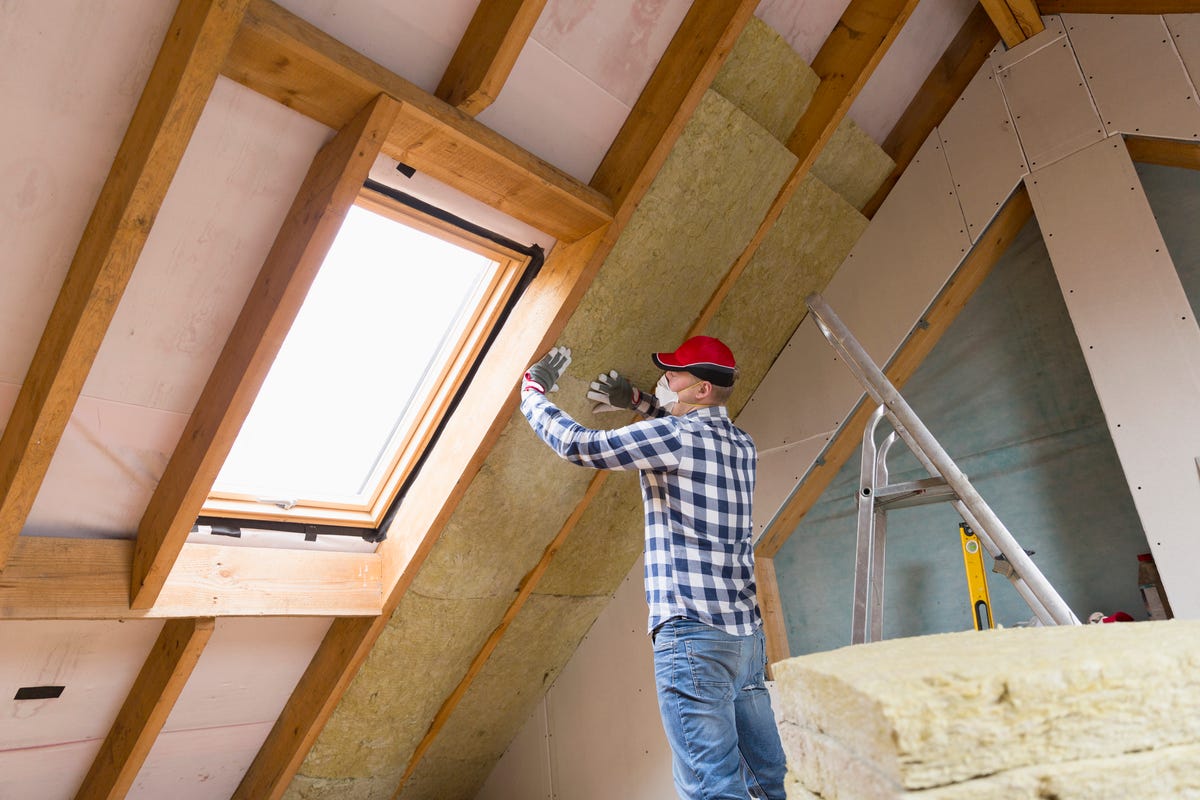

Adding insulation to your roof or walls can cut your heating bills.
Artursfoto/Getty
The walls are another matter entirely and will require the insulation to be affixed either to the interior walls, with a false wall erected within to create the cavity or a new rendered wall created on the outside of the building. For period homes where the original walls are part of the character, this latter option simply won’t fly — especially if your home is historically listed, like mine, where there is a particular focus on maintaining the exterior aesthetics of the property. Other insulation options can include materials inserted beneath the floorboards.
Adding insulation to the property can be a great way to increase energy efficiency, but it can also be a big outlay and potentially very disruptive to install. Thankfully there are many insulation specialists who can advise on your best options.
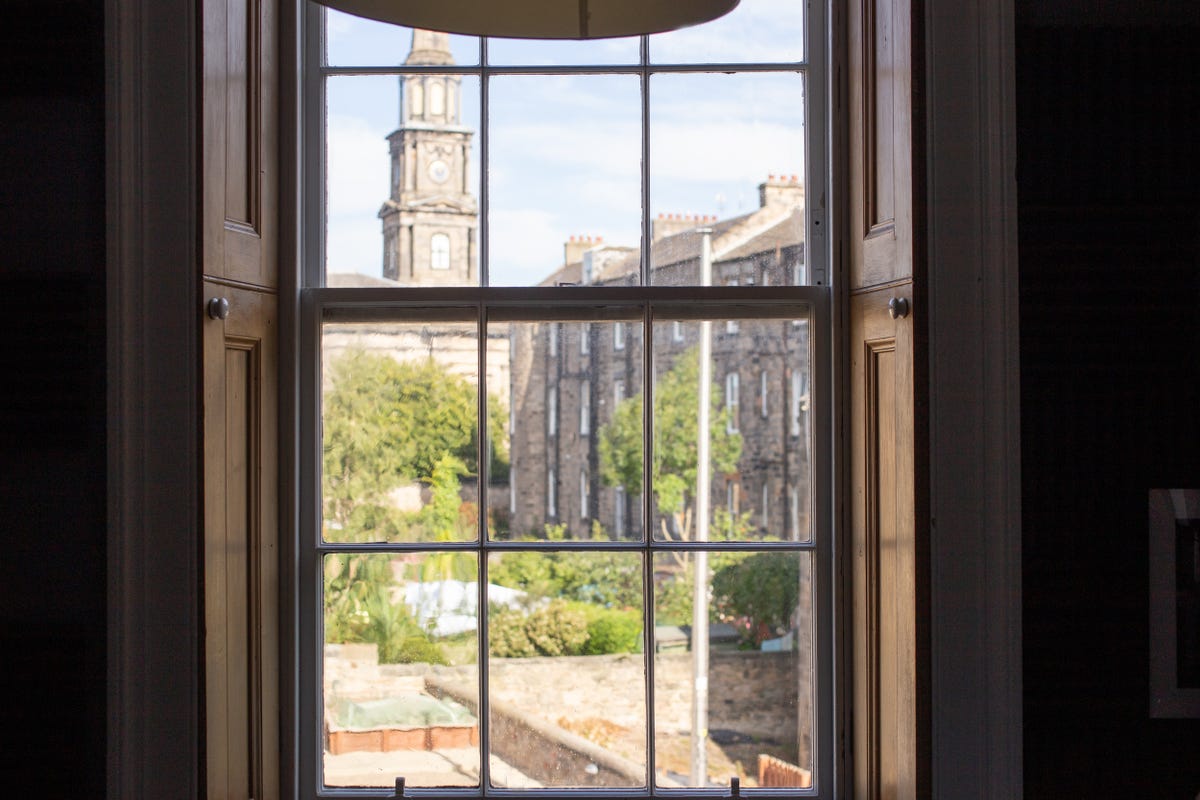

Those big, old windows might look great, but single panes of glass are not good at keeping the heat in.
Andrew Lanxon/CNET
Replace those old windows with better ones — or get good drapes
While we’re on the subject of expensive options, let’s talk windows. Many period properties boast extremely large windows that may offer lovely views and allow in plenty of natural light, but can also let a lot of heat escape in the colder months. Replacing old windows can therefore be a good way of keeping the heat in, especially if those old windows have single panes of glass. Double glazing is much more heat-efficient.
Check that the rubber seals are in good condition too. If there are any gaps where air can get in, the sealant could always be replaced without having the expense of replacing the whole window.
Unfortunately double-glazed windows are not cheap, especially on period properties. Replacing the windows in my property would likely be over $30,000, which is simply money I do not have to spare. If replacing the windows is not an option, consider using thicker curtains which, when closed, can help seal off the window and stop drafts from getting in.
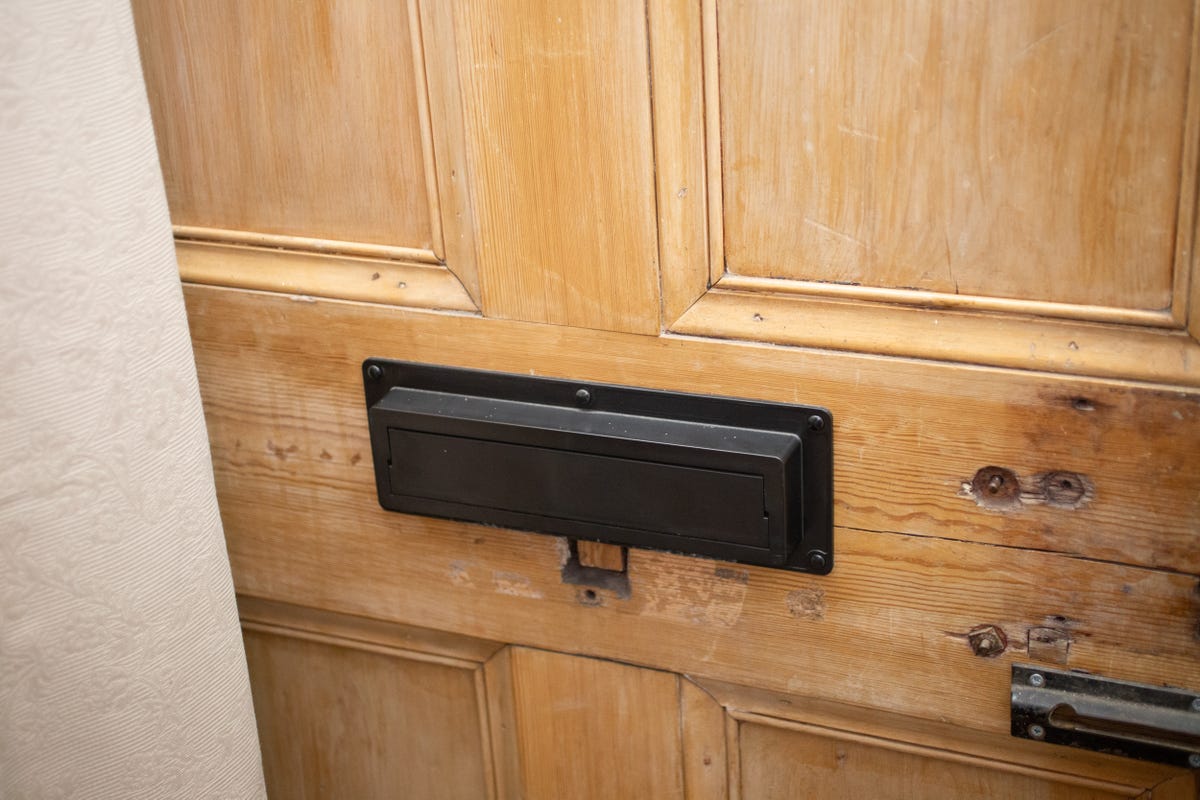

If your front door has a mail slot, fitting a draft excluder around it is highly recommended.
Andrew Lanxon/CNET
Seal or cover areas with drafts
If your house has areas with drafts, it’s going to be even more difficult to keep the heat in, so it’s important to hunt down those problem areas and plug them up well. Usually you’ll be able to tell where they’re coming from, and it’s typically worse anywhere that separates the inside from the outside. Drafts around exterior doors are common, especially if you have an older door.
Consider sticking foam draft tape around the inside of your door frame so your door creates a tight seal when closed. If your door has a letterbox, make sure it has a draft excluder (a sealed box or bristles that stops air getting through), and if there is a gap under the door then get a draft stopper (one of those long sausage-shaped cushions) to help keep the drafts at bay.
Again, checking the seals around your windows is important. And don’t forget about using thicker curtains.
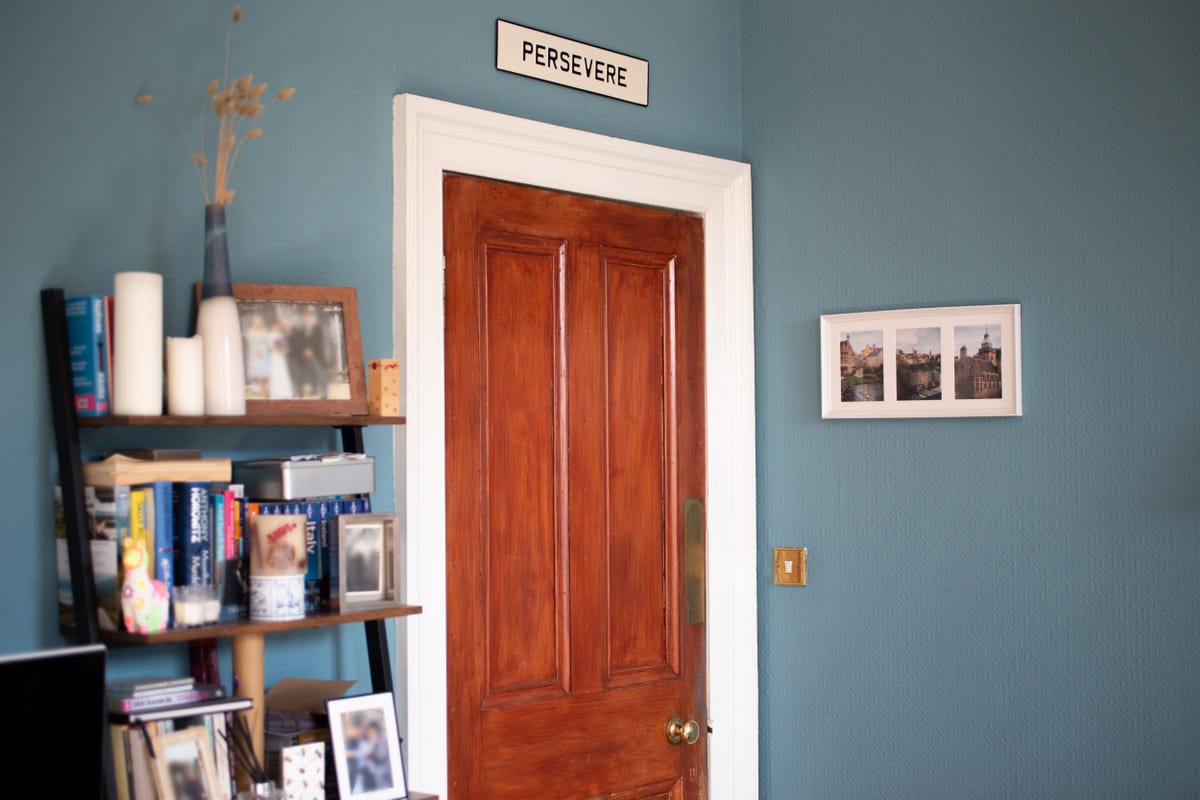

Simply keeping your internal doors closed can make it much easier to heat the room you’re in and stop that heat escaping to other parts of the house.
Andrew Lanxon/CNET
Keep interior doors closed
It’s one of the cheapest and simplest things to do, but keeping your interior doors to your rooms closed can make a big difference in heating your home. It has two benefits. First, it helps keep any errant drafts under control and stops them seeping into your cozy living room and giving you the chills.
Second and even more important, it keeps the heat in, meaning if you have the heating (radiators or stand-alone heaters) on in your living room, that heat doesn’t escape, meaning less money spent overall. Extra bonus if those interior doors are also sealed with draft-proof tape.
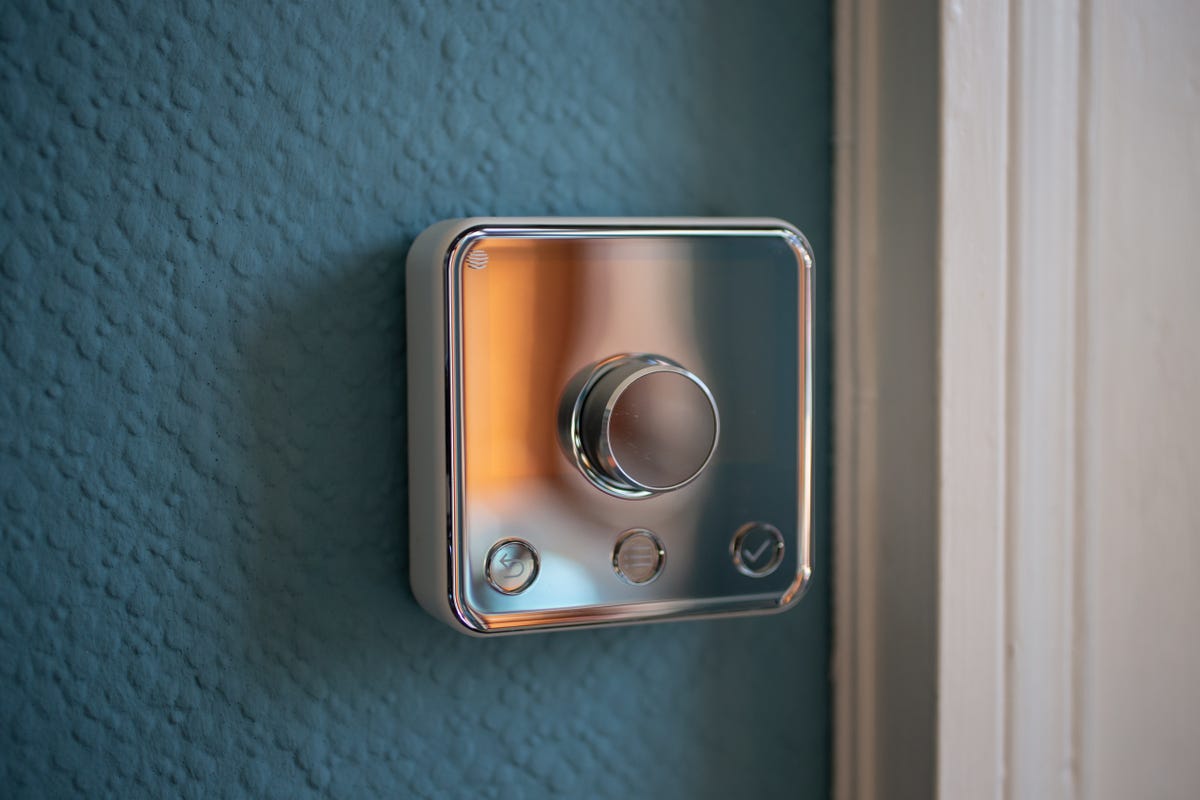

Using smart thermostats like Hive allows you to more easily schedule your heating to only warm up your house when you need it.
Andrew Lanxon/CNET
Get a smart thermostat and upgrade your radiator valves
Your home’s central heating is usually the best way to warm the place up, but older systems tend not to be particularly efficient and often end up heating the whole home needlessly and at times when you don’t even need it.
So consider switching to a smart thermostat like the Amazon Smart Thermostat, the Google Nest Learning Thermostat or, in my case, the Hive thermostat. These allow you to program exactly when you want the heat to turn on and to what temperature — and then when you want it to turn off. It allows you to have the house nice and toasty when you get up for your morning shower, and it can shut off when you head out to work.
But you can take it a step further with smart radiator valves too. Smart valves, like the Hive ones I’m using, allow you to heat up only the specific rooms you need at specific times — the bedroom and bathroom in the morning and the living room in the evening, for example — meaning no energy is wasted on heating up rooms you’re not using.
Read more: Best Affordable Smart Thermostats of 2022
Use portable heaters
As with smart valves, using a small, portable heater can be a more efficient way to heat only the rooms you need. This can be especially useful for those of you working from home, when you can use a simple plug-in heater that will direct a flow of warm air just to you, rather than having to turn on your home’s central heating system.
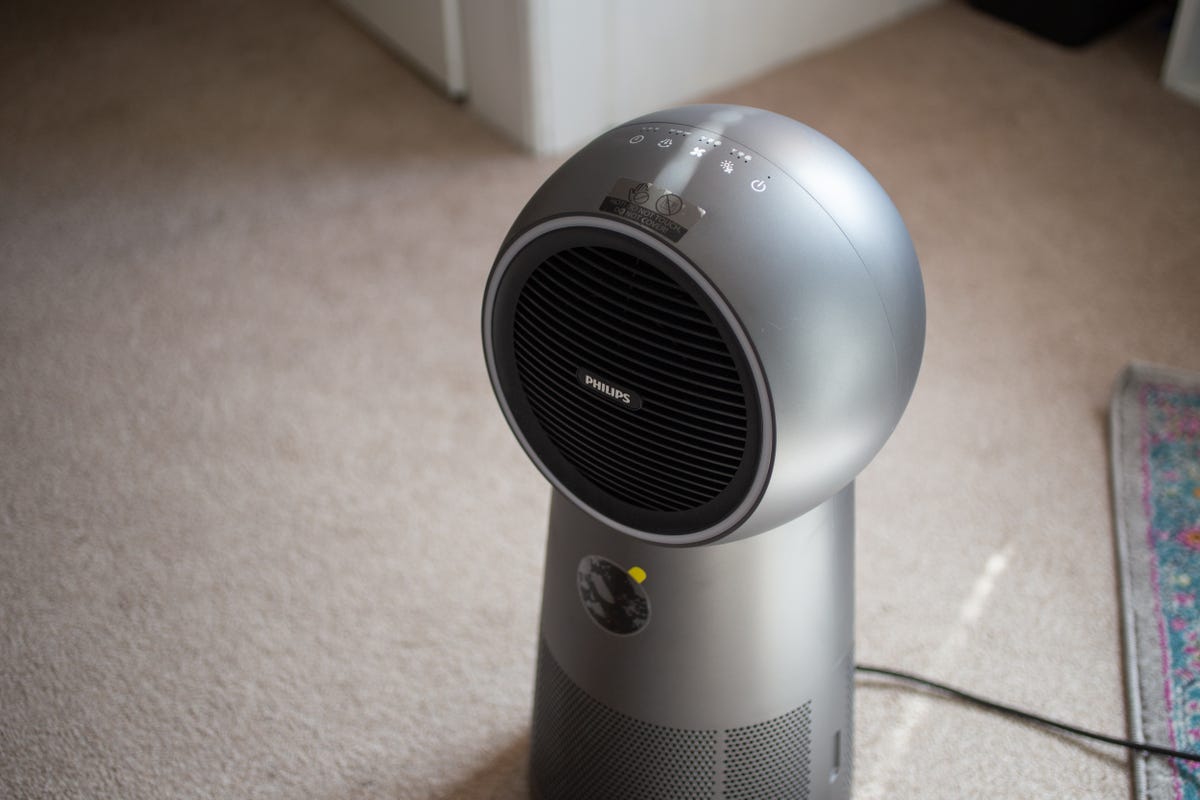

Portable heaters aren’t going to keep your whole house toasty and warm, but if you work from home and want to keep your office area warmer it can be more cost effective to use plug-in heaters than keeping your central heating turned up.
Andrew Lanxon/CNET
I found that the Philips 2000 Series 3-in-1 heating fan does a great job of adding an extra blast of heat when I need it, with the benefit that it also filters the air and acts as a cooling fan in the summer months. Plug-in fans and panel heaters might not always be super energy efficient if you leave them on 24/7, but they can be great for giving a warm boost without having to heat the whole home. (Be sure to check out our space heater safety guide as well.)
Read more: Best Garage Heaters for 2022
Dress warmer
It might sound obvious, but simply dressing for warmth when you’re at home can save you a lot on your heating bills. And perhaps you already do, but there are many of us who are guilty of sitting at home on a winter’s evening in a T-shirt thinking “I’m a bit chilly, actually” and then whacking the heating up.
Instead, perhaps having a nice stack of fluffy sweaters or some lovely knitted blankets could help give you that cozy feel without the expense of turning your heating up higher.
For more tips to help you save money this winter, check out how weatherstripping your home can lower your bills and how much you can save by changing your furnace filter.


